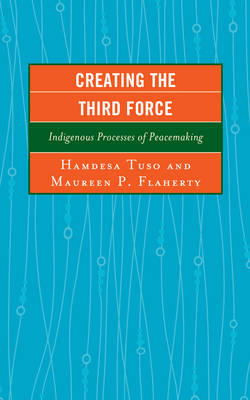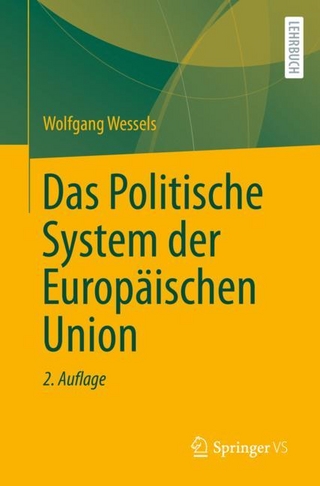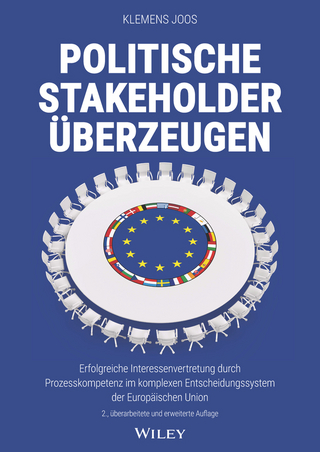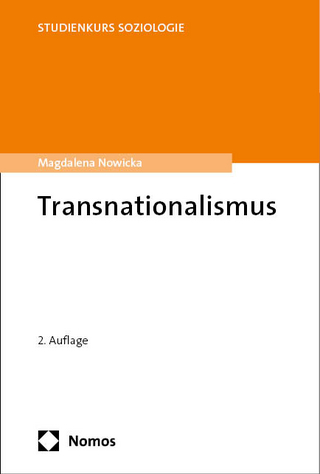
Creating the Third Force
Lexington Books (Verlag)
978-0-7391-8528-5 (ISBN)
The profession of peacemaking has been practiced by indigenous communities around the world for many centuries; however, the ethnocentric world view of the West, which dominated the world of ideas for the last five centuries, dismissed indigenous forms of peacemaking as irrelevant and backward tribal rituals. Neither did indigenous forms of peacemaking fit the conception of modernization and development of the new ruling elites who inherited the postcolonial state. The new profession of Alternative Dispute Resolution (ADR), which emerged in the West as a new profession during the 1970s, neglected the tradition and practice of indigenous forms of peacemaking. The scant literature which has appeared on this critical subject tends to focus on the ritual aspect of the indigenous practices of peacemaking. The goal of this book is to fill this lacuna in scholarship. More specifically, this work focuses on the process of peacemaking, exploring the major steps of process of peacemaking which the peacemakers follow in dislodging antagonists from the stage of hostile confrontation to peaceful resolution of disputes and eventual reconciliation. The book commences with a critique of ADR for neglecting indigenous processes of peacemaking and then utilizes case studies from different communities around the world to focus on the following major themes: the basic structure of peacemaking process; change and continuity in the traditions of peacemaking; the role of indigenous women in peacemaking; the nature of the tools peacemakers deploy; common features found in indigenous processes of peacemaking; and the overarching goals of peacemaking activities in indigenous communities.
Hamdesa Tuso is a faculty member of the Peace and Conflict Studies Program of University of Manitoba. Maureen P. Flaherty is assistant professor in peace and conflict studies at the University of Manitoba.
CHAPTER 1: Indigenous Processes of Conflict Resolution: Neglected Methods of Peacemaking by the New Field of Conflict Resolution
CHAPTER 2: “The Best of Judgments”: Rituals of Settlement (Sulh) and Reconciliation (Musalaha) in the Middle East
CHAPTER 3: Araraa: The Oromo Indigenous Processes of Peacemaking
CHAPTER 4: Respecting Identity, Creating Justice, and Building Peaceful Relationships in Laos through Traditional Conflict Resolution Processes
CHAPTER 5: Indigenous Peacemaking in Northern Ireland
CHAPTER 6: Traditional Systems of Conflict Mediation: Exploration of Mukhiya or Jimmuwal, and Bhadra-Bhaladmis Peacemaking Mechanisms in the Himalayas
CHAPTER 7: Case Study: Peacemaking as Ceremony: The Mediation Model of the Navajo Nation
CHAPTER 8: Indigenous Elders as the Mbasoron Tar (Repairers of the World) and Inukshuks (Waypointers) of Peace
CHAPTER 9: Traditional Peacemaking Processes among Indigenous Populations in the Northern and Southern Philippines
CHAPTER 10: Kinoo’Amaadawaad Megwaa Doodamawaad ─ ‘They are learning with each other while they are doing’: The Opaaganasining (Pipestone) Living Peace Framework
CHAPTER 11: Conflict Avoidance among the Sateré-Mawé of Manaus, Brazil and Peacemaking Behaviours among Amazonian Amerindians
CHAPTER 12: Indigenous Processes of Conflict Management in Contemporary Somalia
CHPATER 13: Indigenous Guard in Cauca, Colombia: Peaceful Resistance in a Region of Conflict
CHPATER 14: Maori Disputes and their Resolution
CHAPTER 15: Women’s Indigenous Processes of Peacebuilding and Peacemaking in Uzbekistan: Sacred Places of Homes and Community for Health and Well-being
CHAPTER 16: Reconstructing Communities – A Case Study: Indigenous Grandmothers Searching for Peace
CHAPTER 17: Changing Gender Roles: Challenging Ethno-Historical Depictions of African Women’s Roles in Conflict
CHAPTER 18: BinSyowi: “The Woman Who Loves” Women as Guardians of Life and Weavers of Peace in Biak, Papua
CHAPTER 19: Indigenous Storytelling as a Peacebuilding Process
CHAPTER 20: Ritual and Symbol in Justice and Peace-building: Lessons from Pukhtoon Tribes on the Jirga
CHPATER 21: Indigenous Mechanisms of Conflict Resolution and Peacemaking: The Role of Ng’ado Guok Ritual and Process among the Luo People of Kenya
CHAPTER 22: Linguistic Form in Calypso: Employing Reframing as a Multidimensional Tool in Peace Building
CHAPTER 23: Creating The Third Force: Some Common Features in Indigenous Processes of Peacemaking, and Some Preliminary Observations
| Erscheinungsdatum | 27.11.2016 |
|---|---|
| Reihe/Serie | Peace and Conflict Studies |
| Co-Autor | Lobar Azizova, Nodira Azizova, Bruce Barnes |
| Verlagsort | Lanham, MD |
| Sprache | englisch |
| Maße | 158 x 238 mm |
| Gewicht | 1089 g |
| Themenwelt | Sozialwissenschaften ► Ethnologie |
| Sozialwissenschaften ► Politik / Verwaltung ► Europäische / Internationale Politik | |
| Sozialwissenschaften ► Soziologie | |
| ISBN-10 | 0-7391-8528-4 / 0739185284 |
| ISBN-13 | 978-0-7391-8528-5 / 9780739185285 |
| Zustand | Neuware |
| Haben Sie eine Frage zum Produkt? |
aus dem Bereich


